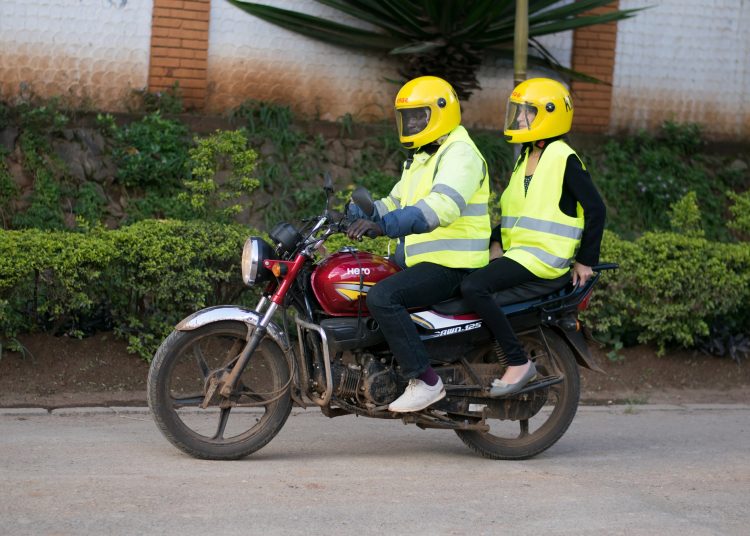The Kenya Kwanza government has proposed yet another intrusive regulation, this time concerning motorcycles, as part of the Public Transport (Motorcycle Regulation) Act, 2023, which is currently before the National Assembly. The bill includes a provision for the real-time tracking and surveillance of all motorcycles used for public transport, known locally as bodabodas.
According to the document, “The security device referred to in sub-section (1) shall include a tracking device that allows for real-time monitoring of the location of the motorcycle.”
Motorcycle owners will be required to equip their vehicles with a tracking security device that is approved by the county executive committee member. If the bill becomes law, a database of approved motorcycle security devices will be established and maintained by the county executive committee member.
The county executive committee member will oversee all aspects of the motorcycle transport sector within respective Kenyan counties, including regulation, management, and coordination.
READ: Social Media Censorship on the Horizon As Kenya Proposes Tougher Regulations
Owners or riders will also be obligated to ensure the monitoring and tracking devices are working at all times. In the event of a malfunction, the county executive committee must be informed by the owner or rider of any malfunction or damage to the motorcycle’s security device.
Regarding data collection, protection, and privacy, the proposed bill states, “The collection, processing, and use of data obtained through the security device shall be subject to the provisions of the Data Protection Act.”
This legislation provides a framework for the regulation of the bodaboda industry and other associated matters. Kenyans have up to Wednesday, 5th March 2024, to share comments on this proposed regulation.
Bodabodas are important to the Kenyan economy. A 2022 Car & General study revealed the significant impact of the motorcycle industry in Kenya. One million riders are directly employed in the sector, with an additional six million people relying on it for support.
Each rider completes an average of fifteen trips daily, contributing to an industry-wide daily revenue of Sh1 billion. This translates to 3.4% of Kenya’s annual GDP.
























